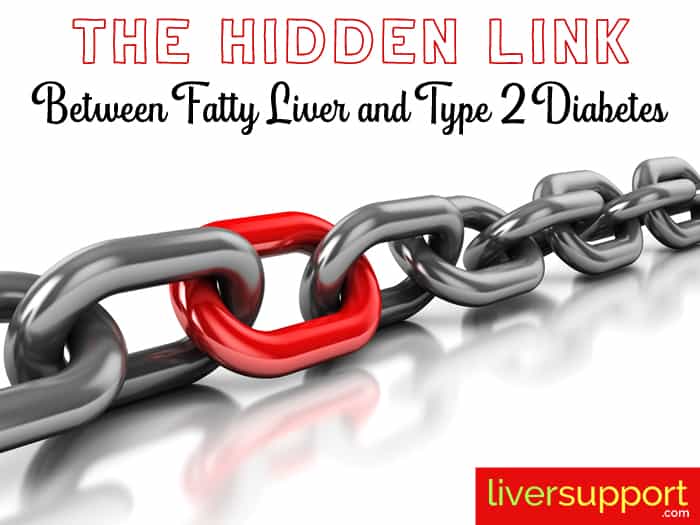
Previous
A New Therapy Has Been Tested for its Capability of Fighting Liver Disease

Next
FDA-Approved Drug for Cirrhosis Can Also Treat Dementia
The Hidden Link Between Fatty Liver and Type 2 Diabetes
Researchers from the Faculty of Health and Medical Sciences at the University of Copenhagen are establishing what links fat within the liver, diabetes, and healthy amino acid metabolism.
With the recent release of a study, from the Faculty of Health and Medical Sciences at the University of Copenhagen, researchers have taken us one step closer to establishing the mechanism that links fat within the liver, diabetes, and healthy amino acid metabolism.
Coppenhagen researchers examined mice treated with a GRA (glucagon receptor antagonist), transgenic mice with 95% reduction in alpha cells, and mice with hepatic steatosis. They hypothesize that “reduced glucagon sensitivity would result in reduced amino acid clearance and decreased formation of urea in response to stimulation with amino acids (1).”
Let’s break that down. Urea (AKA carbamide) is a waste product and the main organic component of urine in most animals. So the liver converts the ammonia to a non-toxic compound, urea, which can then be transferred via blood to the kidneys and finally eliminated in urine. And, as we know, if there is a reduction in amino acid clearance, this is correlated with inducing a state of insulin-resistance commonly associated with obesity and type 2 diabetes (2).
In examining mice, Coppenhagen researchers have demonstrated that lack of glucagon signaling, as well as fatty liver disease, results in impaired amino acid metabolism.
The Main Takeaway
Amino acid-induced formation of urea is increased almost immediately with the introduction of glucagon, but hepatic steatosis significantly diminishes glucagon induced ureagenesis, thus disrupting the liver-α cell axis in animals (and likely humans) with fatty liver disease or NAFLD (1).
Researchers believe the study points towards a new biomarker (a glucagon-alanine index) that will hopefully prove useful in diagnosing patients with compromised glucagon sensitivity. The idea is that “Glucagon regulates amino acid metabolism both non-transcriptionally and transcriptionally. (But) Hepatic steatosis may impair glucagon-dependent enhancement of amino acid catabolism (1).”
With this realization, we can now be detecting glucagon resistance with a blood test, which will speed up diagnosis and treatment timelines, and ideally prevent the development of type 2 diabetes in a lot of people.
The next step is graduating from in vivo mice trials to humans.
- Winther-Sørensen, M., Galsgaard, K., Santos, A., Trammell, S., Sulek, K., Kuhre, R., . . . Albrechtsen, N. (2020, September 13). Glucagon acutely regulates hepatic amino acid catabolism and the effect may be disturbed by steatosis. Retrieved September 20, 2020, from https://www.sciencedirect.com/science/article/pii/S221287782030154X?+via=ihub
- Kahl, S., & Roden, M. (2018, July 03). Amino acids - lifesaver or killer in patients with diabetes? Retrieved September 24, 2020, from https://www.nature.com/articles/s41574-018-0055-8






